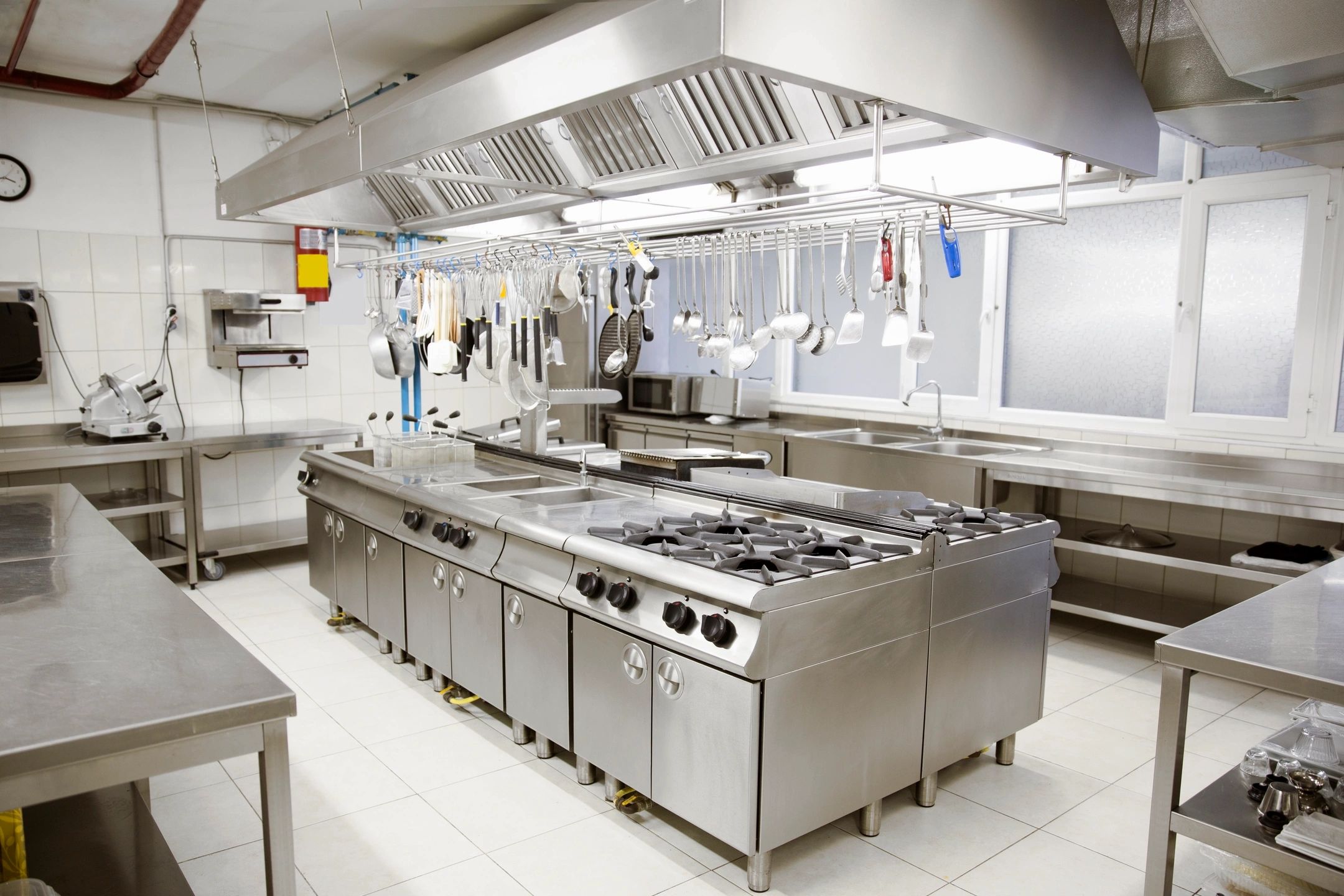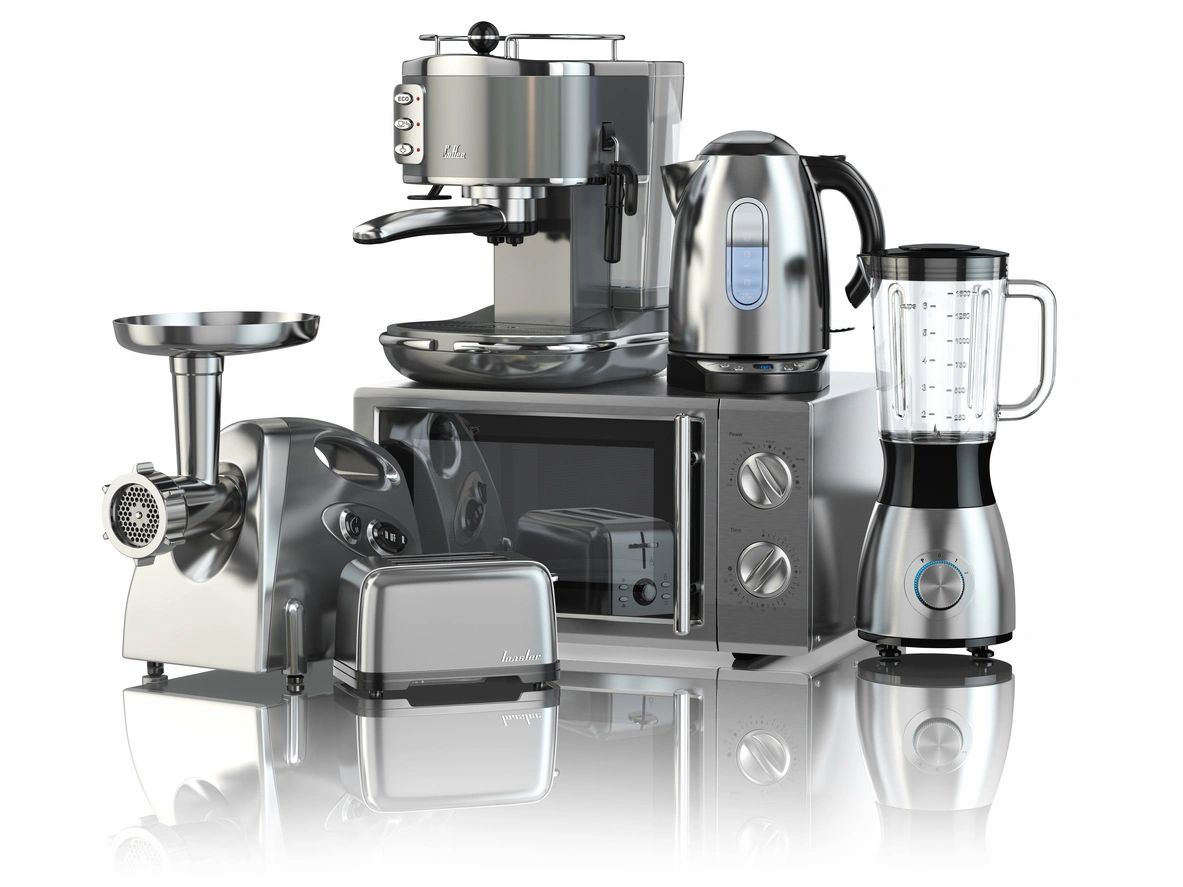PAT Testing
Portable appliance testing, or PAT testing, as it is more commonly known, is the procedure whereby Residential electrical equipment e.g. Toaster’s, Kettle’s, Fridge freezer’s and Televisions are tested using an instrument (PAT test machine) and visually checked for electrical safety.
PAT Testing is also essential for every company to help ensure staff and members of the public are not injured by electrical equipment. We perform comprehensive electrical safety tests on plug top and fixed wired appliances. Because our technicians are City & Guilds qualified, we offer quality PAT Testing services you can trust.
London Locksmith and Property Services Ltd. provide Portable Appliance Testing for proprietors, workplaces, hotels, retail outlets, and other commercial customers. We additionally cover each part of PAT testing in London, from Offices to Car workshops, Shops, Clubs, Doctors Surgeries, Salons, DJ equipment as well as London property management Businesses for Pat Testing.
Our Services

Commercial PAT Testing
PAT Testing gives you peace of mind by identifying electrical faults and offering advice to make sure your business avoids dangerous accidents.
A record of testing will help with any insurance claims and allow you to avoid nasty fines, so make sure you’re covered.
Call us now for guidance on your PAT needs and a free, no obligation quote.

Residential PAT Testing
PAT testing is usually carried out on rented accommodation annually to make sure that electrical appliances that are being left for a tenant are safe to use and also protect landlord against the Consumer protection act (1987) and the electrical equipment act (1994).
The landlord will also receive a form confirming what has been tested and if the item is safe for use.

Multi-Site PAT Testing
We offer annual multi site testing for Landlords, Hoteliers, Restaurants etc. The frequency of portable appliance testing is determined by several factors. This includes the type of equipment and its classification, the frequency it is used and/or moved and the environment in which it is operating.
Our PAT Testing Engineers will specify your exact requirements.
Our Services Include:
PAT Testing Standard Prices
Free Phone – Free Quote For All Your Portable Appliance Testing Requirements For Small to Medium Size Businesses. Pat Testing Package prices starting from Our Minimum Fee.
SAME DAY & NEXT DAY APPOINTMENTS AVALIBLE 7 DAYS A WEEK – PLEASE NOTE THIS SUBJECT TO MINIMUM ORDER VALUE.
Minor Repairs are Included within these Rates. This covers for possible Replacements of, 3 – 5 & 13 AMP Fuses – domestic 3 pin plugs maximum of 10 free replacements any further replacements to be charged at £5.00 per plug. Any commercial 3 phase plugs will be charged……
The Portable appliance testing Prices Above Are For Combined Inspection & Testing, All results are recorded & Emailed to you within 24Hrs of the appointment.
Special Offer: 10% Discount for Annual maintenance pat testing contracts, Call for more information.
PAT Testing Commercial Prices
Pat Test Commercial Prices Start From:
For Any Additional Appliances To Be Tested Will Be Charged at a PRO Rata rate.
Due To Our Low Prices The Only Additional Cost will be for Congestion charging in London central zones and parking costs, If and when Applicable.
Please Note: Minor Repairs are Included within these Rates.This covers for possible Replacements of, 3 – 5 & 13 AMP Fuses – domestic 3 pin plugs maximum of 10 free replacements any further replacements to be charged at £5.00 per plug. Any commercial 3 phase plugs will be charged……
The Portable appliance testing Prices Above Are For Combined Inspection & Testing, All results are recorded & Emailed to you within 24Hrs of the appointment.
Useful Information
PAT Testing & UK Legislation
We are often asked about the PAT testing legal requirements requirements in the UK. In recent years the responsibilities for safety of persons at work have been prescribed in legislation. We have listed below the key legislation as it relates to portable appliance testing. Should you have any further questions about the legal requirements, feel free to contact our office 0207 993 5193 for more information.
The Health and Safety at Work etc. Act 1974
Puts a duty of care upon both employer (sections 2, 3 and 4 etc) and employee (section 7) to ensure the safety of all persons using the work premises. This includes the self-employed.
The Management of Health and Safety at Work Regulations 1999
The Electricity at Work Regulations 1989
State: “Every employer shall make a suitable and sufficient assessment of:
a. the risks to the health and safety of his employees to which they are exposed whilst they are at work, and
b. the risks to the health and safety of persons not in his employment arising out of or in connection with the conduct by him of his undertaking”. (Regulation 3(1)).
The Provision and Use of Work Equipment Regulations 1998
The Provision and Use of Work Equipment Regulations 1998 (PUWER) cover most risks that can result from using work equipment . With respect to risks from electricity, compliance with the Electricity at Work Regulations 1998 is likely to achieve to achieve compliance with PUWER regulations 5-9, 19 and 22.
PUWER only applies to work equipment used by workers at work. This includes all work equipment (fixed, portable or transportable) connected to a source of electrical energy. PUWER dose not apply to the fixed installations in a building. The electrical safety of these installations is dealt with only by the the Electricity at Work Regulations.
State: “As may be necessary to prevent danger, all systems shall be maintained so to prevent, so far as is reasonably practicable, such danger”. (Regulation 4(2))
” ‘System’ means an electrical system in which all the electrical equipment is, or may be, electrically connected to a common source of electrical energy and includes such source and such equipment”. (Regulation 2(1))
“Electrical equipment includes anything used, intended to be used or installed for the use, to generate, provide, transmit, transform, rectify, convert, conduct, distribute, control, store, measure or use electrical energy”. (Regulation 2(1))
Scope of the legislation
It is clear that the combination of the Health and Safety at Work etc. Act 1974, the Provision and Use of Work Equipment Regulations 1998 and the Electricity at Work Regulations 1989 apply to all electrical equipment used in, or associated with, places of work. The scope extends from distribution systems, be they 400KV or simply those in building, down to the smallest piece of electrical equipment such as a hairdryer, a VDU, a telephone or even in some situations battery-operated equipment.
Who is responsible?
Everyone at work has their responsibilities including, in certain circumstances, trainees. However, because of the all-embracing responsibilities of all persons this does not minimise the duties of particular persons. Regulation 3 of the Electricity at Work Regulations recognises a responsibility (control) that employers and many employees have for electrical systems.
“It shall be the duty of every employer and the self-employed person to comply with the provisions of these Regulations in so far as they relate to matters which are within his control.
It shall be the duty of every employee while at work:
a. to co-operate with his employer so far as is necessary to enable any placed on that employer by the provisions of these Regulations to be complied with; and
b. to comply with the provisions of these Regulations in so far that as they relate to matters which are within his control”.
The Provision and Use of Work Equipment Regulations 1998 requires every employer to ensure that equipment is suitable for the use for which it is provided (Regulation 4(1)) and only used for work for which it is suitable (Regulation 4(3)). They require every employer to ensure equipment is maintained in good order (Regulation 5) and inspected as necessary to ensure it is maintained in a safe condition (Regulation 6).

